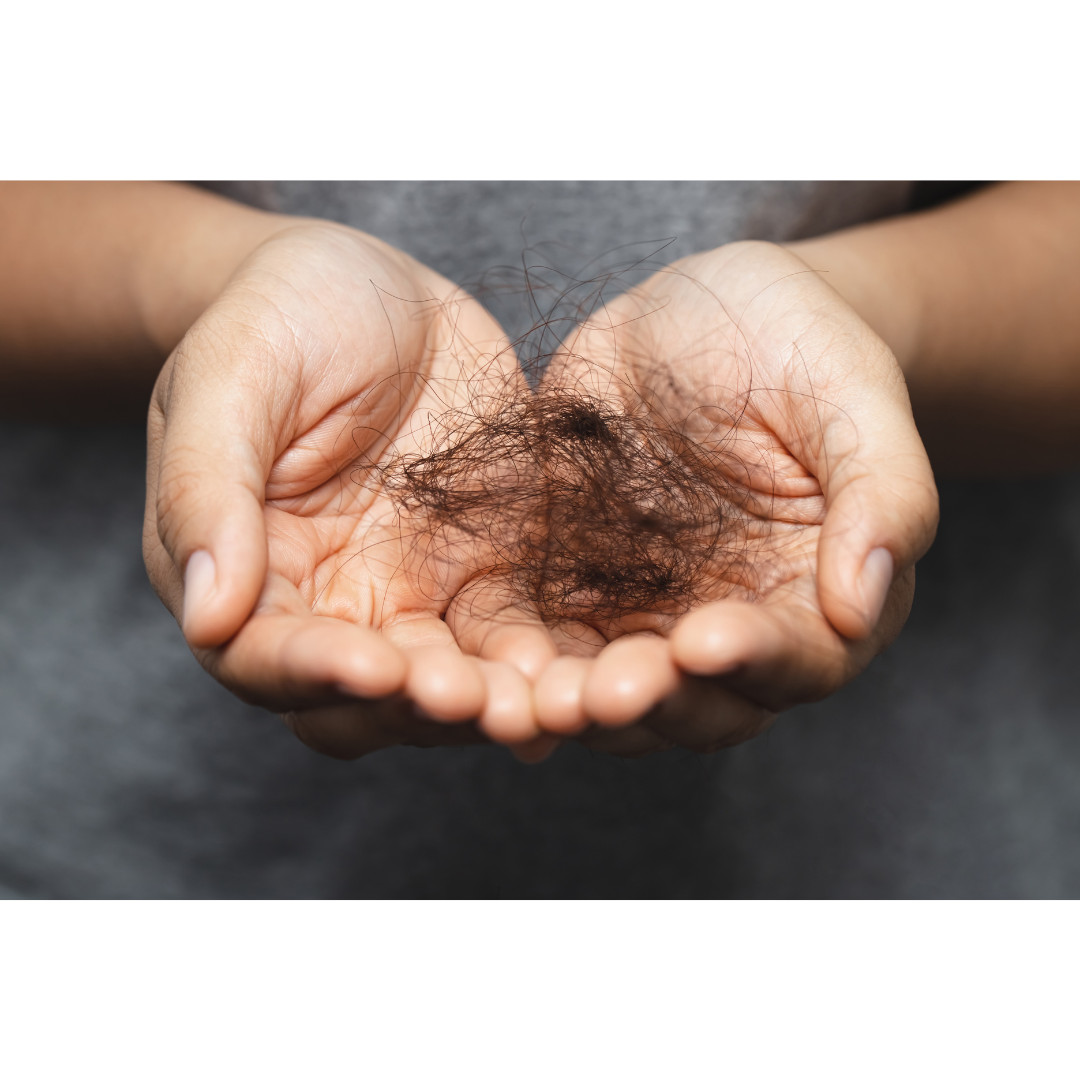
Introduction
Who we are and how we feel is often expressed through our hair. Regardless of if hair is curly, straight, twisted, corn-rowed or locked; it is a universal sign of beauty, sensuality, fertility and attractiveness. Moreover, hair helps us to communicate our state of health. It also serves the function of protecting our heads and skin, adding not only a layer of insulation, but also more dimension to our personalities. Biochemically, it is a reflection of the state of our internal world. And socially, it can help define our uniqueness in the world. It is no wonder that the hair industry grosses millions, if not billions in revenue every year. Hair rituals have been carried out in every culture worldwide, and it is perhaps the most focused upon part of a person relating to self-esteem, self-confidence and beauty. How our hair affects our mood is even captured in phrases we commonly use: “I’m having a bad hair day!” or “I love the way my hair looks/feels.” Therefore, it is not hard to imagine how a person may become worried or even distressed when their crowning glory begins to fall out.
Hair is primarily composed of a protein called keratin and grows from just under the skin’s surface from a follicle. The follicle is the area where blood vessels transport necessary nutrients to the hair in order for it to grow. Hair continues outwards from the skin as the shaft, which is actually considered “dead.” Once hair no longer is receiving the nutrition it needs to grow, it will fall off or shed.
As with anything in nature there is a cycle of growth, stasis, death, and regeneration; hair is no different. The four main stages of the hair cycle are: anagen (characterized by rapid growth and proliferation), catagen (a period of cell apoptosis), telogen (a resting period) and exogen (hair loss from the root) (9). Hair can be in any of the first 3 phases at the same time. In a year, hair grows an average of six inches, but hair may shed an average of 50-100 strands/day, which is considered normal. When hair loss differs from these patterns, it can be alarming. Therefore, it is important to elucidate why hair is falling so that treatment options become more focused. Reasons for hair loss are many, but main categories include nutritional deficiencies, hormonal imbalances, autoimmune presentations, genetics and infection. This article will focus on some of the more common reasons for hair loss.
- Iron deficiency
In an American Family Physician publication, it was cited that the prevalence of iron deficiency anemia in women is higher than that of men (2%), with Mexican and African-American women having the highest prevalence (20% vs 12% in Caucasian women) (3). Iron is part of hemoglobin and plays a major role in the oxygenation of our bodies overall. Moreover, it is necessary for our cells to make energy and for the thyroid to make its hormones (4). Iron is available to the body in two forms: heme-iron (meat ) and non-heme (vegetables and some supplements). Deficiency and eventually anemia occur when iron is not taken into the body in sufficient amounts; there is a problem with absorption or most commonly; there is blood loss. Menstruating women have the tendency towards iron deficiency and anemia when there are concerns like heavy and painful uterine bleeding. Over time, many will also complain about hair loss, because insufficient blood reaches the follicle to nourish it and promote growth. Specifically, hair will tend to thin and shed. If this is the reason for hair loss, then it is appropriate to make necessary evaluations to confirm this deficiency and subsequent changes should be made to rectify the problem.
- Protein deficiency
We know that hair is primarily comprised of a protein which adds substance and bulk/body to hair strands. It is the idea behind the “volumizing and strengthening “effects many hair care products promise to deliver. Protein itself is made up of amino acids which can be made in the body or obtained from the diet. In the body, protein is a major player in the immune system, as well as the building block for enzymes, muscle fibers, regulatory molecules and our hair (4). In short, protein is a very important part of how we function on a daily basis. It is no wonder then, that when we don’t consume sufficient protein from both plant and animal sources, that it can become deficient in the body. It is easy to imagine that not only is hair affected, but a slew of other systems too. Protein deficiencies can also look like persistent fatigue, mood changes, delayed injury recovery and weakness in the muscles, sometimes accompanied by muscle wasting as well (7). Assessing protein deficiency is important especially in some vegetarians and vegans as it is more bioavailable from animal sources. Ensuring adequate variety and potential supplementation can benefit non-meat eaters experiencing hair loss.
- Vitamin A toxicity
Vitamins are major players in many reactions in our bodies. They regulate our immune systems, aid in our digestion and are needed for our health overall. Vitamin A is a fat soluble vitamin that can be stored in the liver and is important for visual function (4). It is also a great antioxidant. The body also can use the foods we eat to convert beta carotene (found in carrots and other orange- yellow foods) to make vitamin A as needed. Vitamin A can also be increased in the body from certain drugs, like those used for acne vulgaris. When concentrations of vitamin A are high in the body, hair loss may ensue. The skin may also become dry as an early sign and the nails may become brittle. If toxicity is long standing, liver disease may ensue, so it is best to monitor and act accordingly when this is suspected.
When hair loss is more hormonal in nature, common conditions that affect the endocrine system come into play.
- Thyroid function
Hair loss is definitely multifactorial. When hair loss is accompanied by skin changes, temperature intolerances, weight changes and changes in bowel movements, the thyroid might be the key player involved (4). The thyroid gland sits in the space just above the breast bone and is responsible for our metabolism among other functions. It receives input from the pituitary and hypothalamus to make thyroid hormone (T3 and T4), which then exert multiple functions in the body. When thyroid hormones become low, hair loss can result, because thyroid hormone influences the development of the hair follicle (8). However, this hair loss is not isolated to the head; the eyebrows and body hair can also begin to thin and shed. If thyroid dysfunction is suspected it is very important to address the concern accordingly.
- Polycysitic Ovaries
You might be thinking... doesn't PCOS cause hair growth not loss? Sometimes hair loss may be experienced as a result of other hormones. When we reach puberty, secondary sex characteristics like breast development and underarm hair growth come into the equation and are influenced by the hormone estrogen in females. In males, testosterone is the main hormone influencing voice changes and sexual maturity. Estrogen and testosterone are steroid hormones that influence the ovaries and testes and are found in varying amounts in both sexes. During the menstrual cycle a female produces an egg that may later become fertilized or shed. For unknown reasons, some women form multiple cysts on the ovary which results in menstrual irregularities, difficulty with fertility acne and hirsutism (4). Elevated testosterone levels and high insulin levels drive this process and can be associated with hair loss (1). The distinction in this case is that hair loss resembles that of male hair loss (thinning hair at the crown with receding anterior hairline) and is referred to as androgenic or male-pattern baldness. This is a complex concern and many factors are at play, but the main target in addressing this concern is to manage insulin levels appropriately.
- Menopause
When a woman ages, her estrogen levels tend to decrease and ovarian function begins to decline. For some women, the decrease can happen earlier or later and is subject to other factors as well. When she has not had a period for a span of twelve months, she transitions into menopause (4). At this point, women can begin experiencing hair loss. The distinct pattern in this case is thinning hair on the crown not affecting the anterior hairline (female pattern hair loss), unlike that seen in PCOS. (6). In some studies where conversion of testosterone to estrogen was inhibited, hair loss was experienced. The implication is that estrogen may be important to encourage hair growth and therefore, its reduction in menopausal and post-menopausal women may be related to the concurrent hair loss. Research continues to be conducted in this area to help shine more light on why hair loss can happen at menopause.
- Alopecia areata
Hair loss can sometimes be auto immune in nature. This means that the immune system is taxed to a point where it no longer recognizes itself and therefore launches an attack on itself. Specifically, the immune system begins to attack the follicle of hair and thus causes hair loss. This pattern of hair loss may involve the entire head (alopecia totalis) or the entire body (alopecia universalis). (5) As distressing as this can be, it is also unfortunately quite common and follows an unpredictable course. People affected may experience multiple relapses despite multiple treatment options and so informing and counselling about this tendency become very important to management and care.
Conclusion
Other than these common reasons, hair loss can still happen for a variety of other reasons. Some important considerations include: fungal and other infections, hereditary patterns and poor manipulation of the hair (traction alopecia). At this point, one can appreciate the complexities sometimes involved in a single presentation or concern like hair loss. Therefore, when hair loss is experienced, it is important to explore the cause of the concern and take appropriate action towards finding the correct solution.



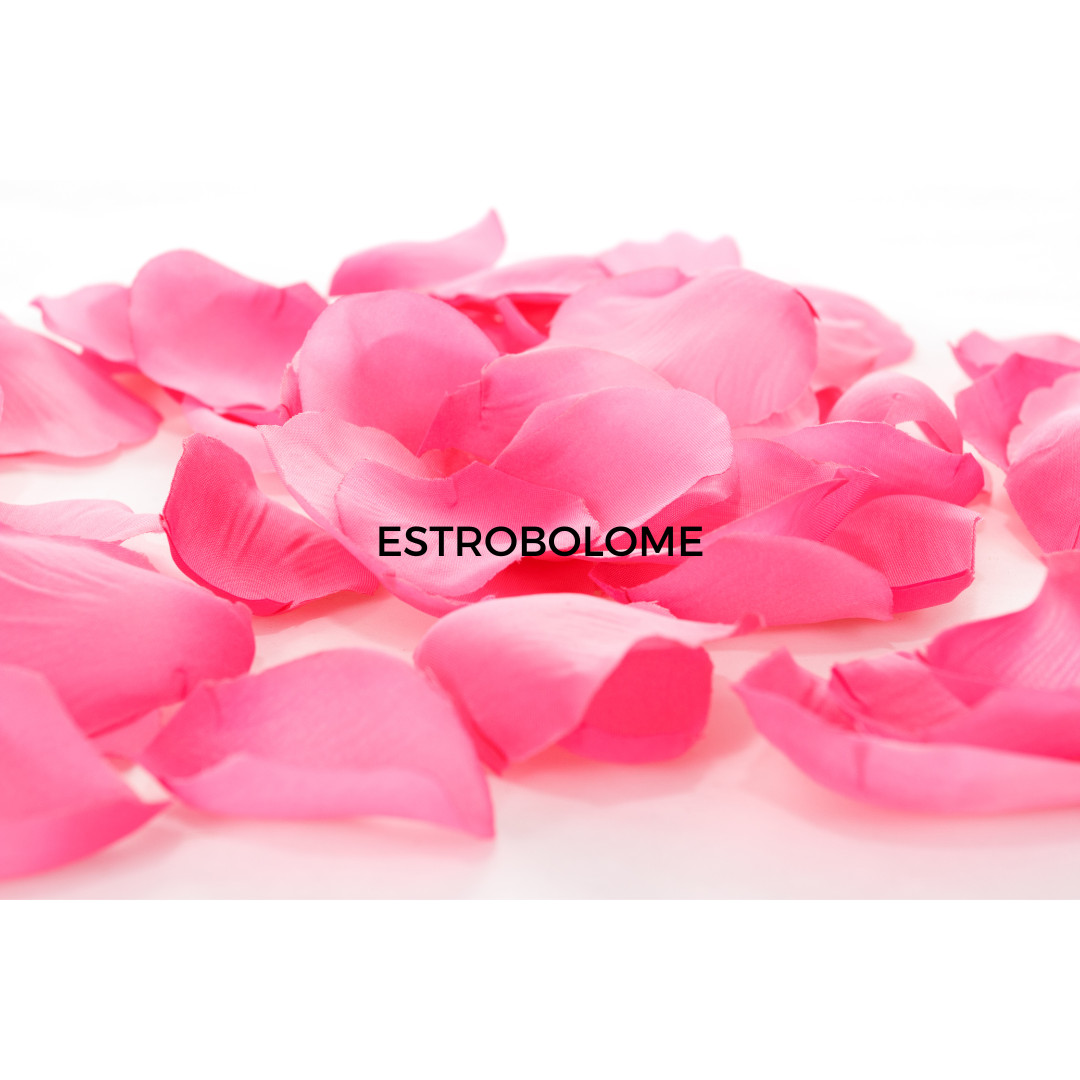



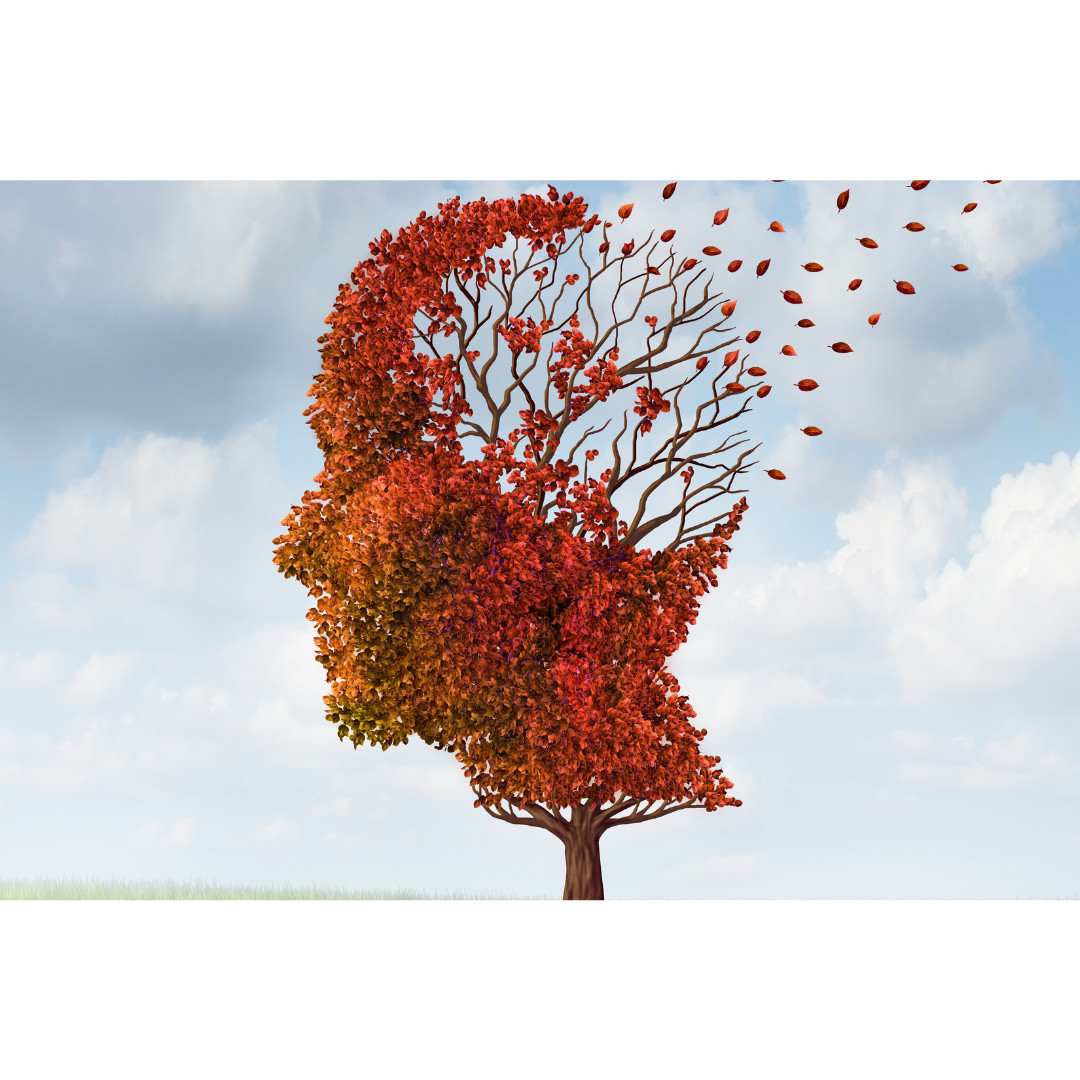
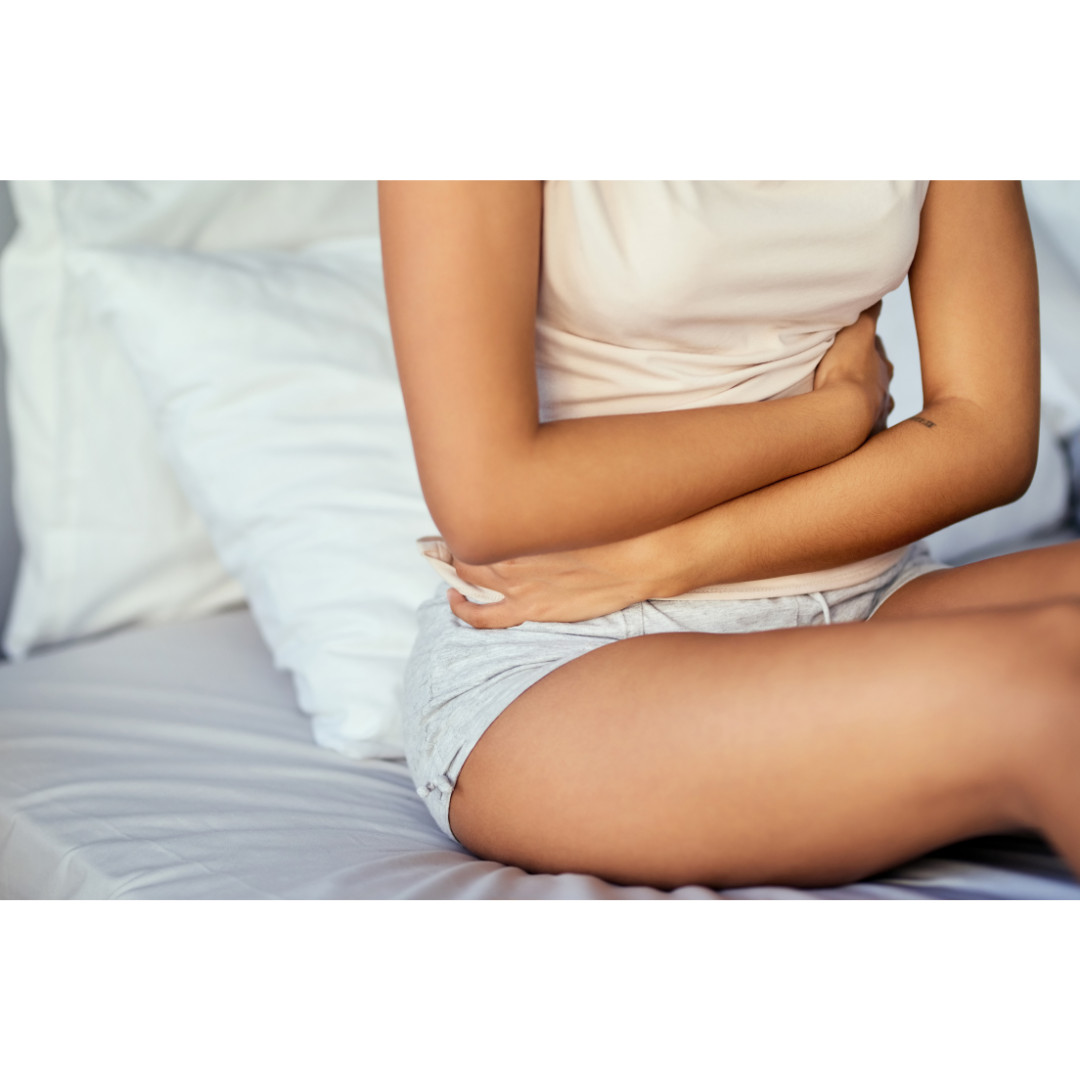



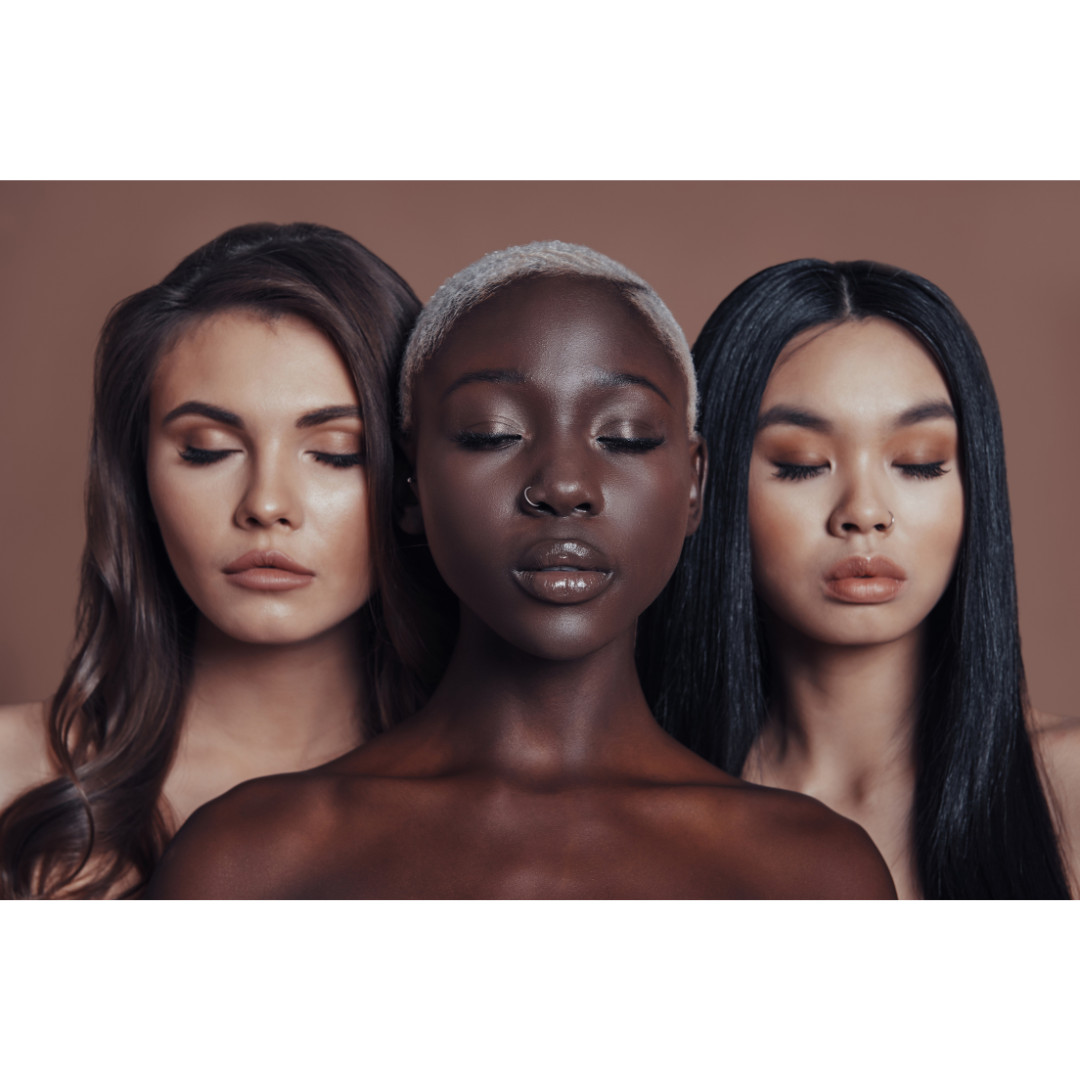
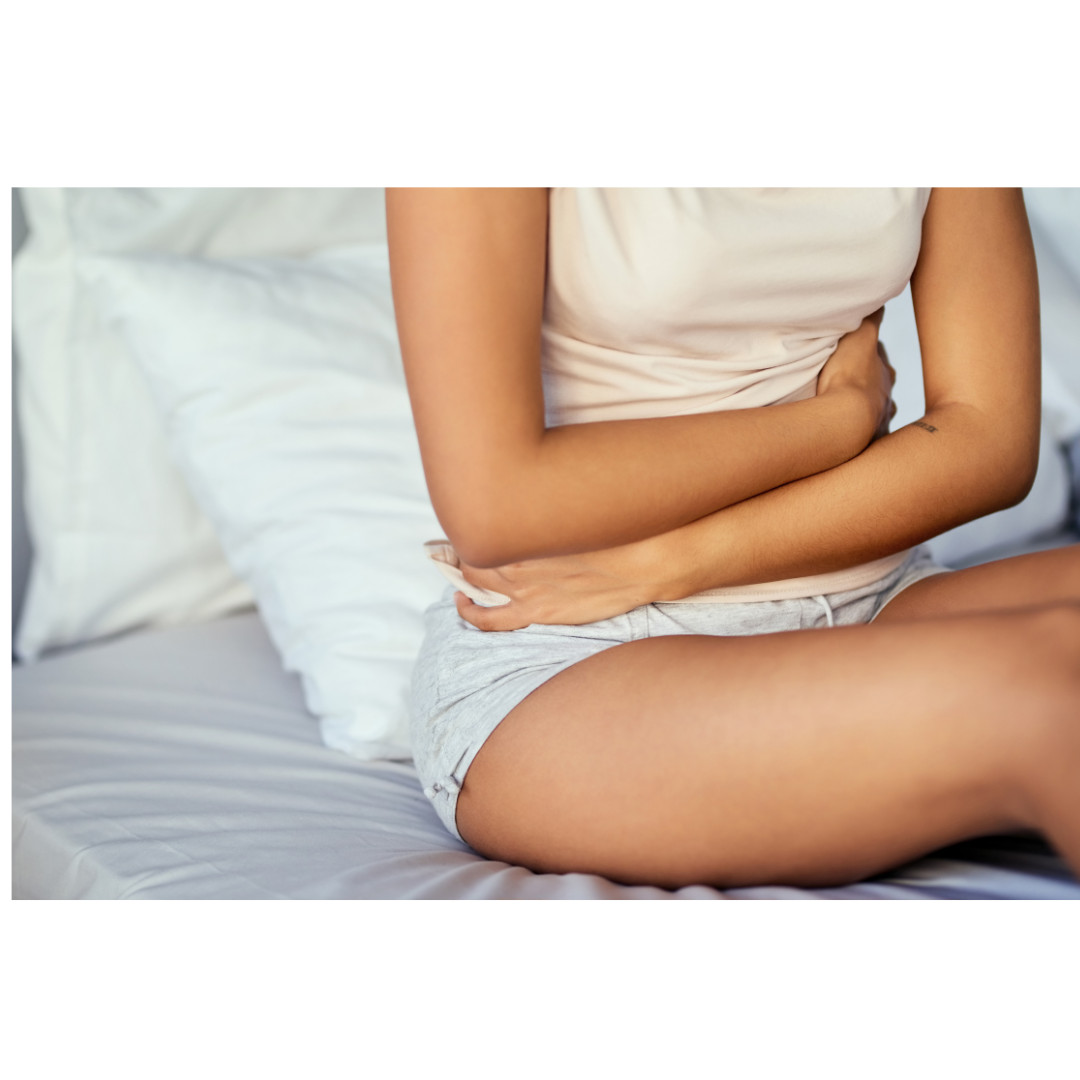




0 Comments